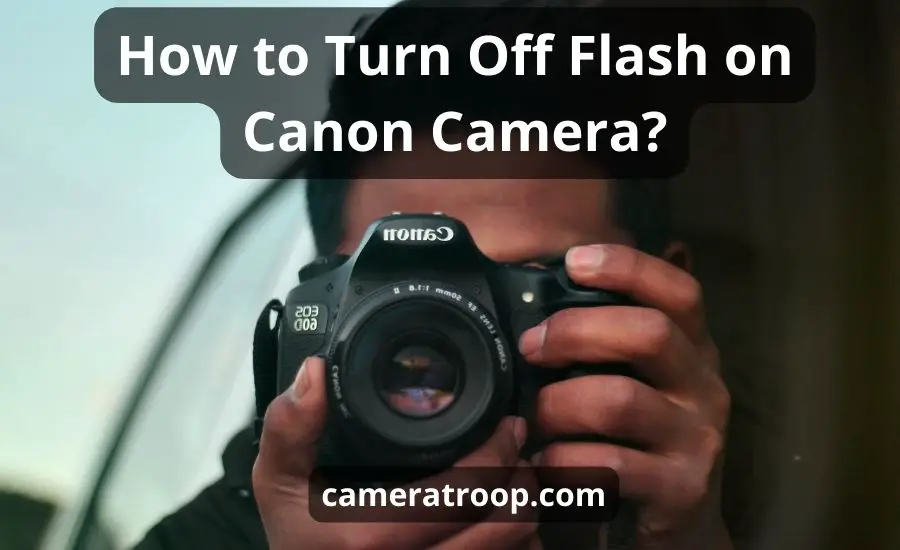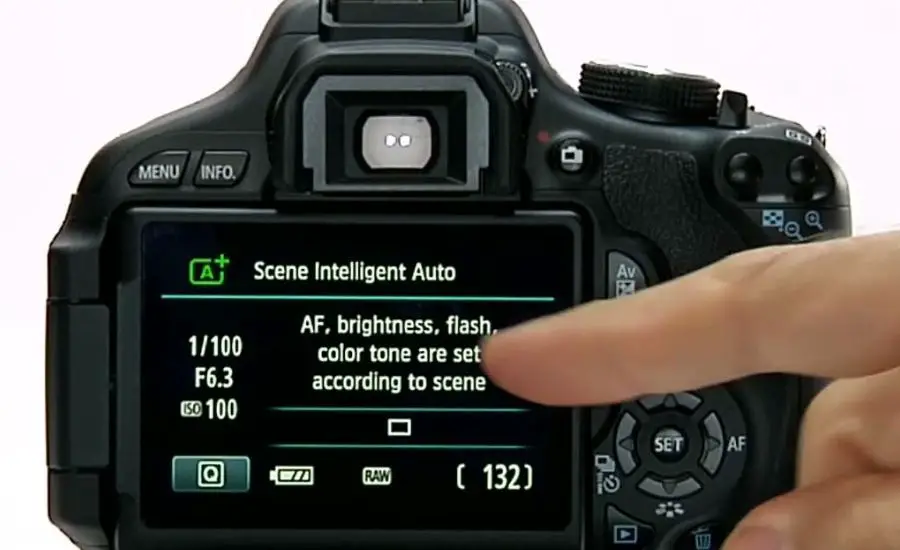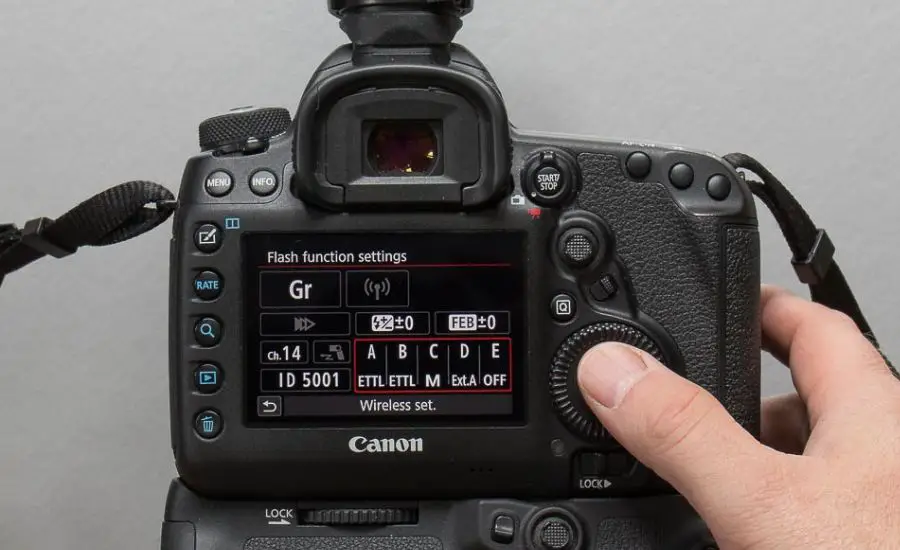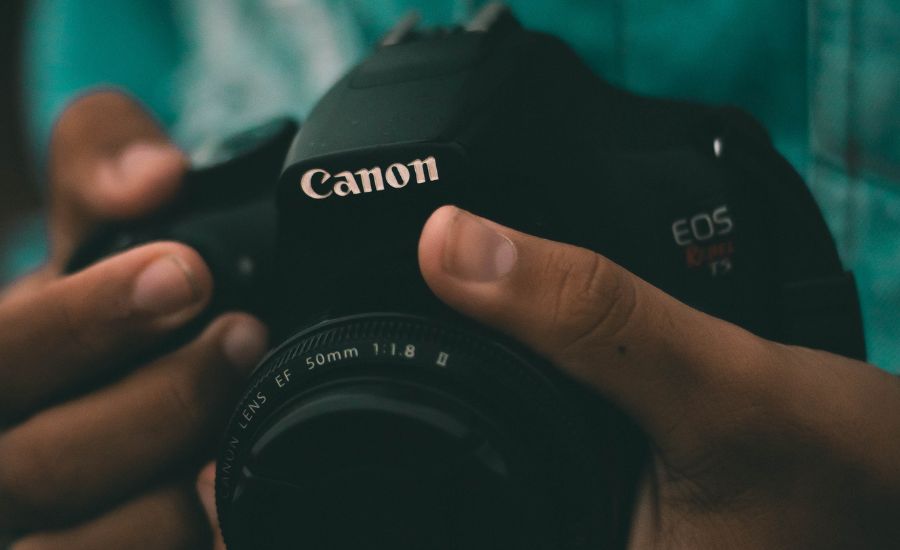
How to Turn Off Flash on Canon Camera: Step-by-Step Guide
As an Amazon Associate, I earn from qualifying purchases.
Canon cameras are renowned for their versatility and cutting-edge features, including built-in flash units that provide excellent lighting in low-light conditions.
However, there are situations where turning off the flash is necessary to capture the perfect shot.
This guide is designed to help Canon users, including those with the Canon Rebel series, walk through the steps to turn off the flash for various photo scenarios.

Instruction
Whether it’s a high-end DSLR like the Canon Rebel series or a compact PowerShot, learning how to turn off flash on Canon camera is an essential skill.
Power On Your Canon Camera
Guarantee that your camera’s power switch is on.
There is no option to get to the camera’s settings menu assuming it is switched off.
Enter the Shooting Mode
Familiarize yourself with your camera’s configurations and access the shooting mode. Depending on your specific Canon model, you may need to adjust the mode dial to “P”, “Av”, “TV”, or “M”. These modes grant you the ability to manage shooting configurations, enabling you to override the flash even if the Canon camera is initially in ‘auto mode.’
Automatic mode, such as “Auto” mode or “Scene” mode, might not provide Canon camera flash control.

Enter the settings for the flash
For the majority of Canon DSLR cameras, press the “Q” button to access the Quick Control screen.
Use the directional pad or touchscreen to move to the flash button.
On Canon mirrorless cameras, you can frequently access it through the touchscreen or dedicated flash button, depending on the model.
Turn off Flash
After you have accessed the different flash settings, search for a choice such as “Flash Off” or “Disable Flash”, and pick it to turn off the flash.
Verify Configurations
Most Canon cameras may require you to confirm your settings by pressing the “Set” or “OK” button after choosing to turn off the flash. Be sure to do this to ensure that the flash on Canon camera is indeed turned off.
In addition to manual control, it’s important to note that some Canon cameras, including the popular Canon Rebel series, have an ‘auto mode’ icon where the flash is automatically enabled in low-light situations, but you can still switch to ‘Flash Off’ to take controlling position of your photography.

Make a Photo
You can capture a photo with the Canon camera flash turned off. Contingent upon the configurations of the Canon camera, you may need to adjust other parameters like ISO, aperture, shutter speed, and exposure mode to compensate for the lack of light.
Experiment with different settings to achieve the desired exposure mode and composition.
When faced with insufficient lighting, using a slower shutter speed can aid in capturing additional ambient light and create stunning long-exposure shots.
Return to Flash Mode (Optional)
To reactivate the camera flash, just revisit the settings and choose the suitable flash-firing option. This is particularly useful when transitioning from a dimly lit setting to a well-illuminated, one or when you determine that flash on Canon is needed for a certain shot.
Alternatives
Even if deactivating the inbuilt flash on your Canon camera is useful in many situations, there are times when you might want to consider using an external flash for more advanced lighting control.
It can be attached to your camera’s hot shoe or used off-camera to achieve professional-level lighting effects or flash photography. It’s an excellent option for photographers who want to explore the creative possibilities beyond the built-in flash.

Conclusion
By adhering to the straightforward instructions provided in this manual, you can effortlessly turn off flash on Canon camera and take remarkable shots in a diversity of lighting conditions. Keep in mind that practice is key to mastery, so feel free to explore diverse configurations to enhance your proficiency in using your Canon camera without the flash.
FAQ
How do I turn the flash off on my camera?
Access the suitable shooting mode and settings using the camera’s menu system. Then choose either “Flash Off” or “Turn Off Flash.”
How do I turn the flash on my Canon camera?
Access a suitable shooting mode, such as Manual, Aperture Priority, or Shutter Speeds Priority. Within the camera’s menu, opt for “Flash On” in the flash settings.
How do I turn the flash off on my Canon Powershot?
Use the mode dial to choose the preferred shooting mode. You can use modes like “Program” or “Manual” to have more control over the settings.
Once you’re in the appropriate mode, press the “Menu” button.
Explore the shooting menu options to find the lightning bolt icon.
Choose “Flash Off” to turn off the flash power.
You can now capture photos without flash illumination. Be sure to adjust other settings, such as ISO, aperture, shutter speed, and exposure modes to achieve the desired exposure modes in different lighting conditions.
How do I turn off auto flash on my Canon 60D?
Choose a camera mode that enables flash control, like “P” (Program), “Av” (Aperture Priority), “TV” (Shutter Priority), or “M” (Manual). These modes provide greater control over flash configuration.
Press the “Menu” button and search for the “Flash Control” setting, which might be situated within either the “Shooting” or “Custom Function” category in the menu.
Once you’ve located the settings, choose “Flash Mode” or an identical option.
In the flash mode settings, choose either “Flash Off” or “Disable Flash”.
Your Canon 60D’s flash is currently deactivated, allowing you to take photos without flash-firing, which is especially useful in cases when you are relying on natural or ambient light.



